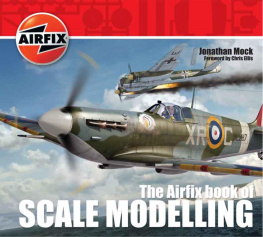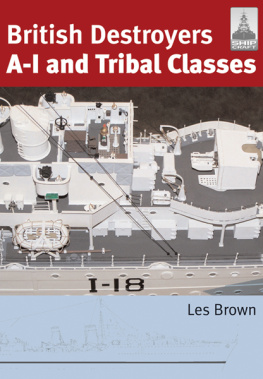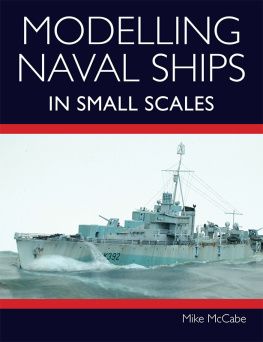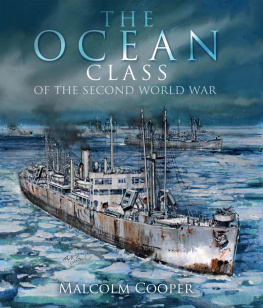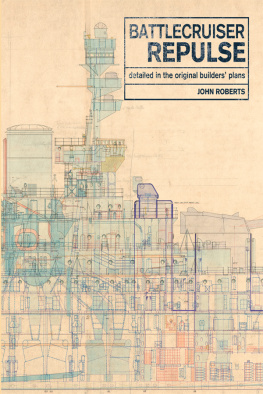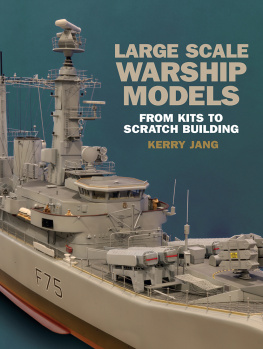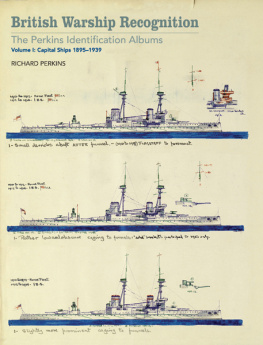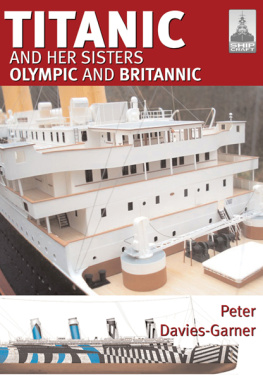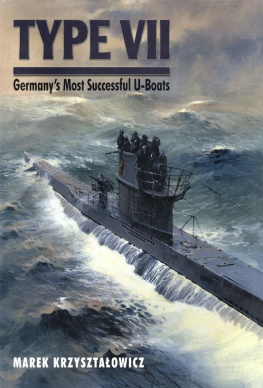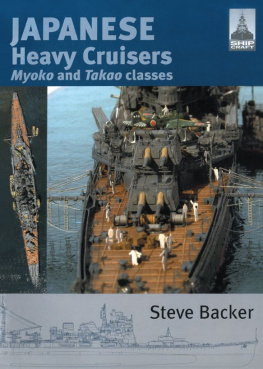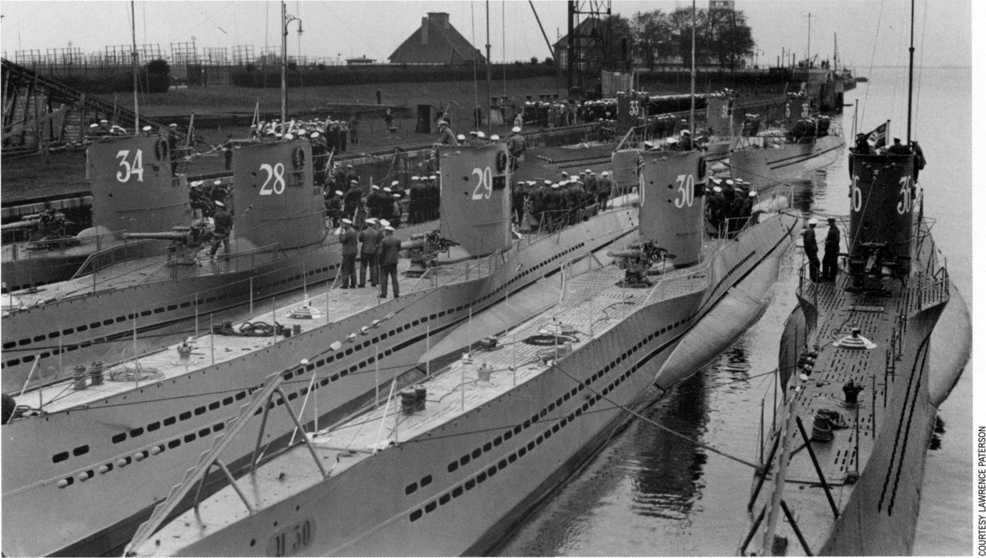
U 32 at the time of the Spanish Civil War, and wearing neutrality stripes down the conning tower (red forward, white and black). The arrangement of drainage holes along the hull of the Type VII was radically modified in later sub-types, and a further distinguishing feature was of course the above-water torpedo tube at the stern. Screening appears to have been draped here and there over the deck guard rail in this photograph. The initial gun armament layout of single 8.8cm forward and single 20mm on the main deck aft is shown here also.
LATENT TECHNOLOGY
The Germans desire to continue the development of their U-boat fleet was expressed not long after the imposition of the ban on the construction of further submarines that was enshrined within the terms of the Treaty of Versailles (Article 19) when, in 1921, the Argentine Navy invited three former U-boat technical experts to provide assistance in the construction of a new class of submarines. This opportunity was seized eagerly, and within a year, with Reichsmarine backing, a front organisation, N. V. Ingenieurskaantor voor Scheepsbouw (IvS) was established in The Hague.
In the event, this collaborative project came to naught, as did a similar approach made at around the same time by the Italian Navy and another, in 1924, by the Spanish. IvS languished for some months, until in 1926 it became involved in the design and construction of two boats being built for the Turkish Navy: based on the German Type UB III of World War I, these vessels offered the opportunity to IvS of gaining first-hand knowledge of their performance in trialsa vital experience denied to the Germans since the end of the war. Then, following some energetic lobbying, came a firm order for three minelaying submarines for Finland. Based on the Type UC III, these were launched from 1930 and were followed by a 250/300-ton boat (Vesikko) which served as the prototype for the German Type II U-boat of World War II. A revival of interest by Spain led to the construction, with considerable German technical assistance, of a small (760/960-ton) submarine which, launched in 1932, eventually had to be transferred to Turkey (and renamed Gur); her design was utilised as the basis for the German Type IA and, through it, the Type VII.
MOTORENVERSUCHSBOOTE
By this time plans for a resuscitated German submarine arm were well in hand, and in the autumn of 1932 they received official blessing with the decision to set up the cagily termed Motoren-versuchsboot (Experimental Motor Boat) division within the Navy, with the objective of having sixteen new U-boats in commission by 1938. Four were to be based on the Spanish-built Gur and the remaining twelvefor coastal dutieson the small Finnish Vesikko. The two types were designated, respectively, MVB I and MVB II, and the designs evolved over the following months pending official sanction to convert plans into hardware. Meanwhile the Untersee-bootsabwehrschule (U-Boat Defence School) was established for the purpose of training future German submariners
The official sanction to proceed with the construction programme came early in 1935. Three companies were involved: the larger of the two types (I) would be built by Deschimag A. G. Weser at Bremen and the smaller (II)now appearing as two distinct sub-types, A and Bat Kiel, by Germaniawerft and Deutsche Werke.
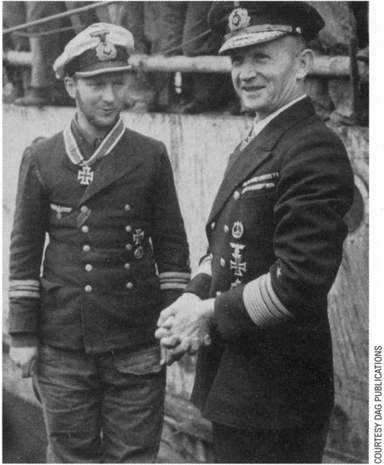
Karl Dnitz, who did much to help establish the U-Boat Service and was responsible for its direction during World War II. It was his drive and enthusiasmin the face of bitter opposition at first from the big-gun proponents within the Kriegsmarinethat turned the Atlantic Ocean into such a desperate battleground. He is seen here with Parsifal Wohlfarth (U 556), who has just received the Iron Cross.

The Type VII U 36. This boat was an early war loss, blown to smithereens in the north-eastern North Sea after being torpedoed by HM Submarine Salmon in December 1939.


